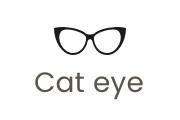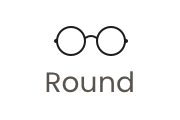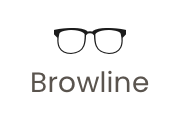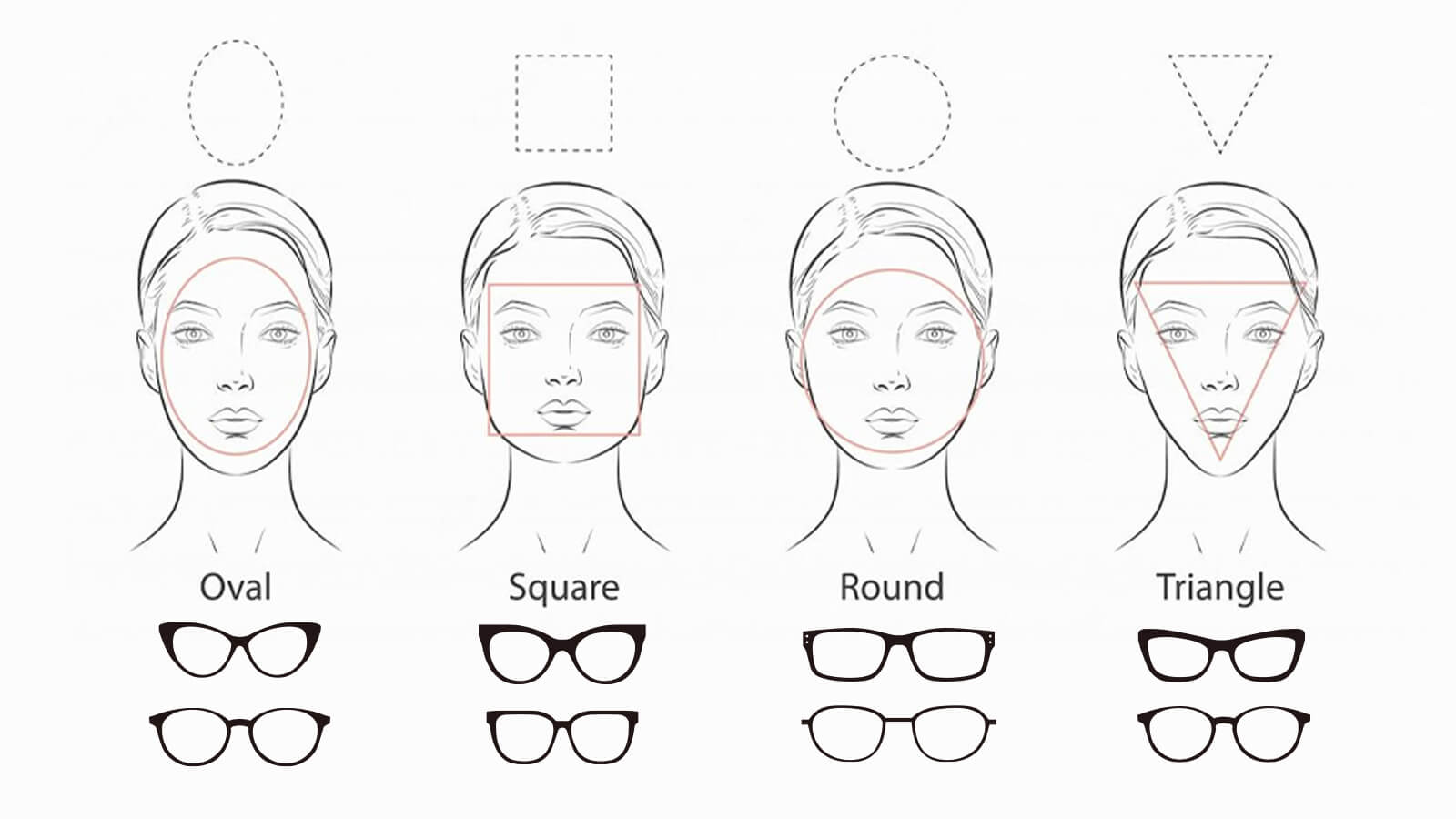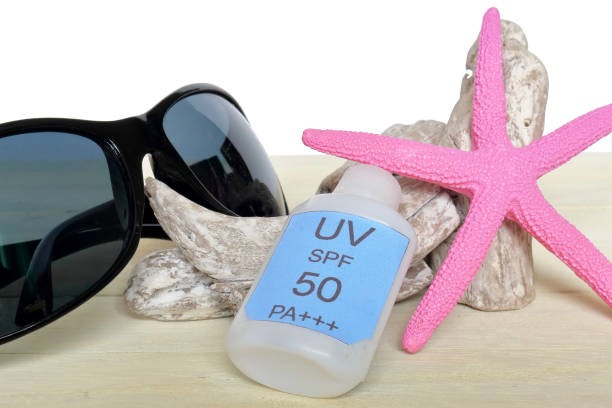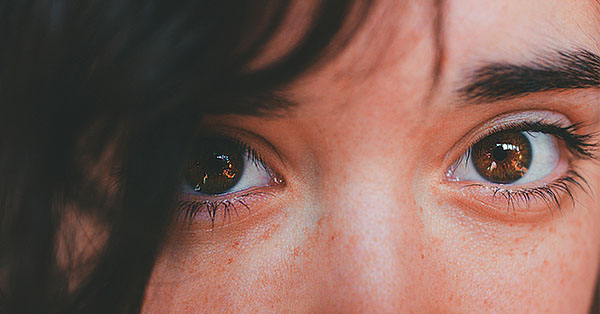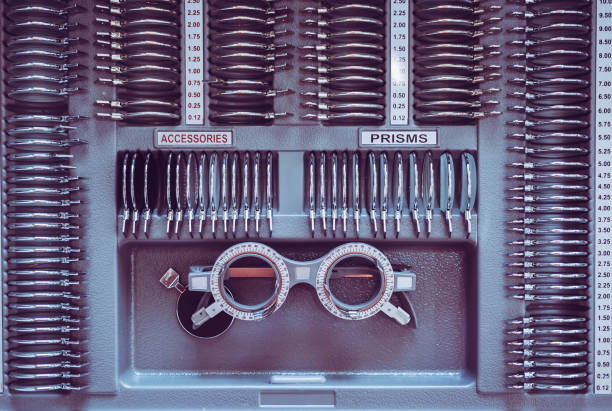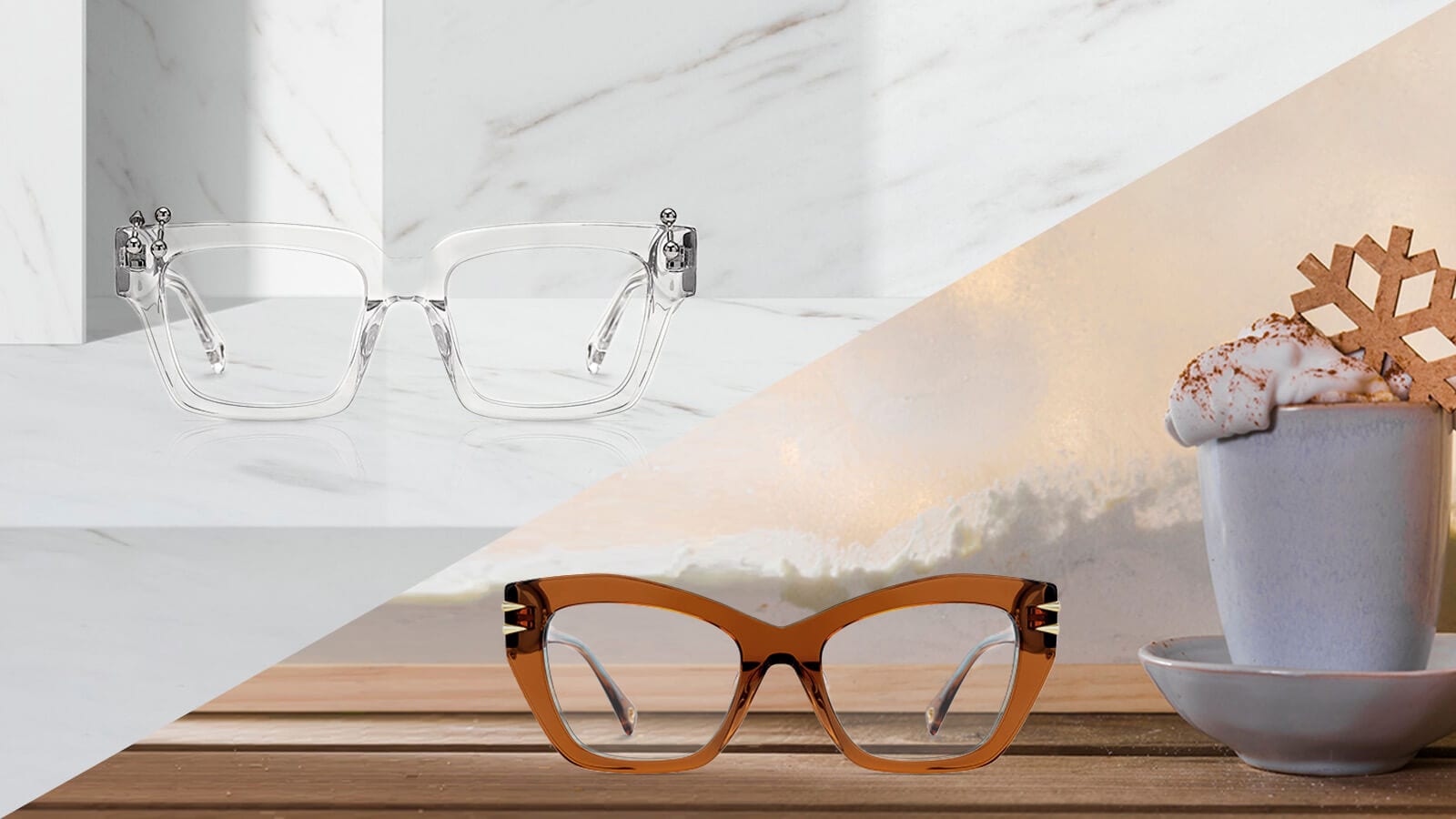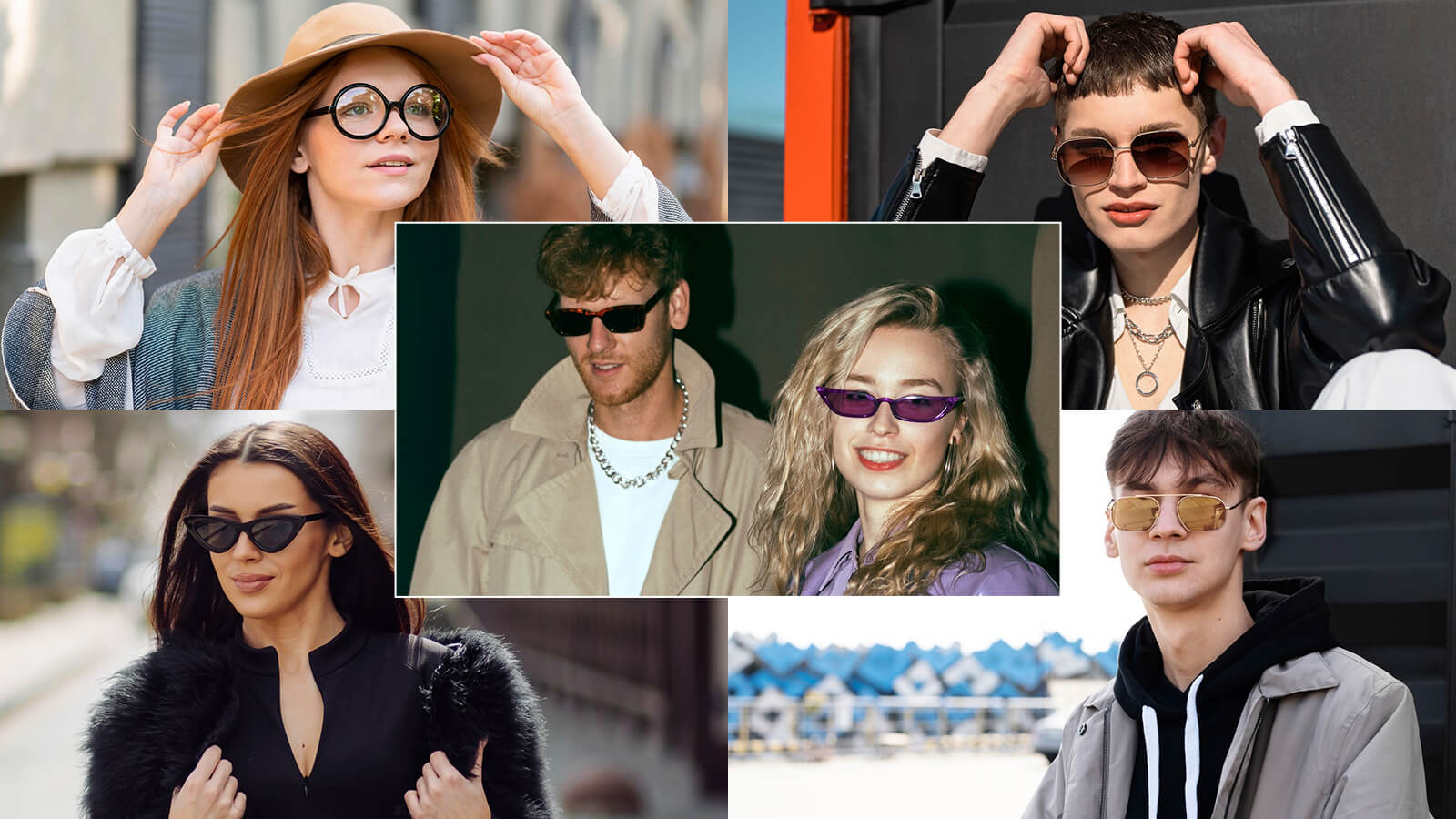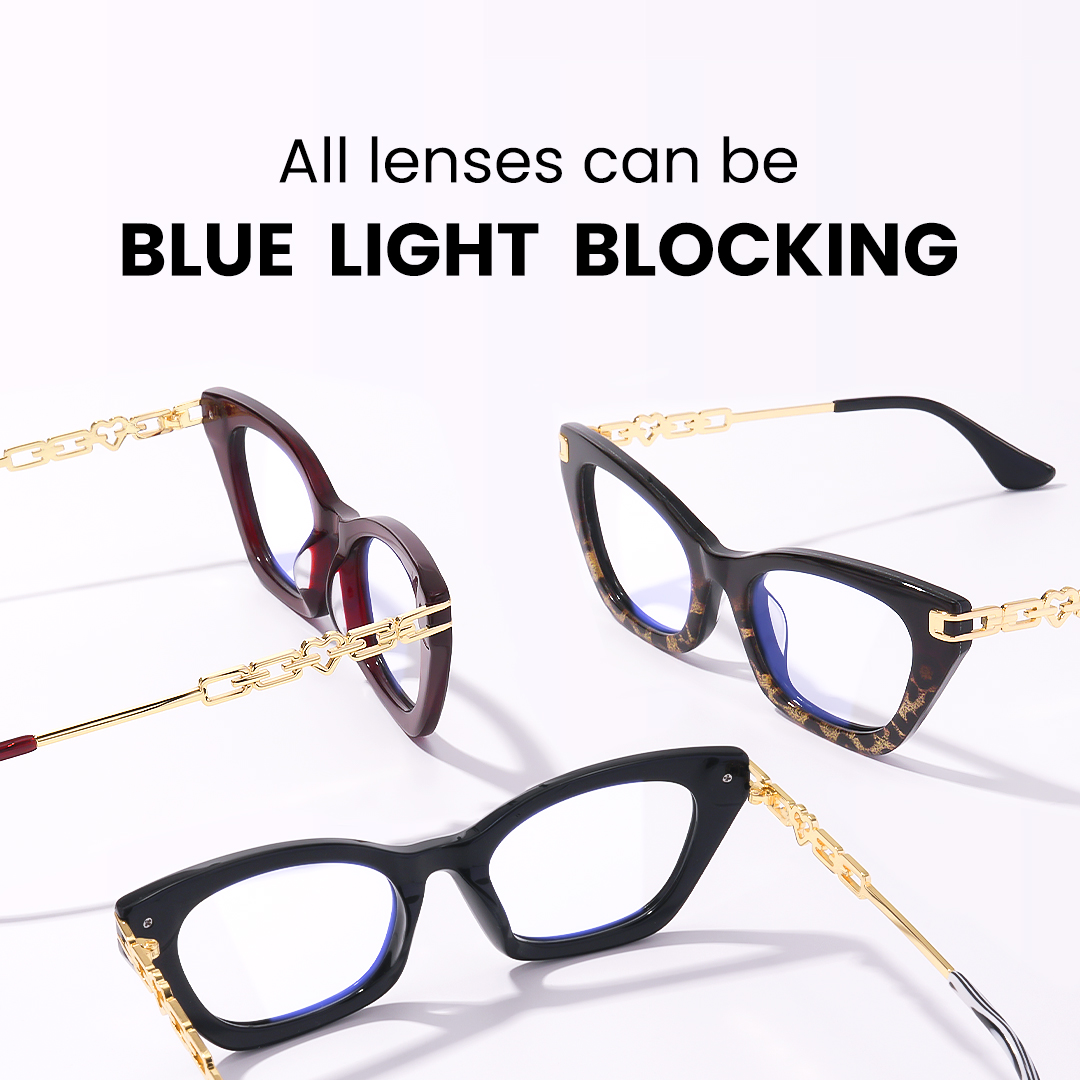
Guide to Picking Glasses That Suit Your Face Shape Perfectly
February 27,2023

What is Boho Style? A Comprehensive Guide to Boho-Chic Fashion
February 13,2025

Virtual Glasses Try On - Find Your Perfect Pair Online
April 02,2024

UV Protection Glasses VS. Blue Light Glasses - Vooglam
July 20,2023

Newest Style Modern Trendy Mens Glasses | Vooglam
March 01,2024

Stylish Reading Glasses: Blending Fashion with Functionality
February 16,2023

What are photochromic lenses & glasses?
September 22,2023

Brown Eyes: The Beauty of the Most Common Hue
September 01,2024

The chubby face glasses for round face female
August 02,2023

What are prisms in eyeglasses?
March 20,2023

What Are Bifocal Glasses? The Complete Guide (Types, History & Benefits)
April 14,2023

How to Read Your Eyeglass Prescription?
March 11,2023
What Is 20/200 Vision?
Home > Vooglam Blog > What Is 20/200 Vision? Understanding Legal Blindness and What It Means for Daily Life
If you want to keep your eyes healthy and see well, you need to know how to test visual acuity. 20/200 vision is one of the most important standards in the field of eye care. People typically talk about this in regard to legal blindness, but it's more than just a number. In this blog post, we'll talk about what 20/200 vision means, how it affects daily life, and what people with this level of vision loss may do.
What Is 20/200 Vision?
Before you can grasp 20/200 vision, you need to know how vision is measured. The Snellen chart, which is a basic eye chart used in vision exams, is based on the idea of visual acuity, or how clear your eyesight is. The Snellen fraction, like 20/20 or 20/200, tells you how well someone can see compared to what is considered normal vision.
The first number, 20, tells you how far away you are from the chart throughout the test. The second number tells you how far away a person with normal vision might see the same information. With 20/200 vision, a person can see what someone with normal vision can see at 200 feet. In short, everything look fuzzy and confused, even when you are close to them.
20/200 vision is important since it is so different from what is thought to be normal vision, which is 20/20 vision. individuals with 20/200 vision have trouble seeing details at distances where most individuals can see perfectly without any trouble.
What Does 20/200 Vision Mean?
The level of detail and clarity is much lower at 20/200 vision. This is a much worse than having 20/20 vision, which is what most people think of as normal vision. People with 20/200 vision have a hard time reading traffic signs, seeing faces from a distance, and doing routine chores that need good vision. This level of visual loss is commonly linked to legal blindness, in fact.
It's crucial to remember that visual acuity is not the sole thing that determines blindness. Field of vision (the region around you that you can see) is one of the things that help decide how bad your vision is.
Is 20/200 Considered Legally Blind?
In the US, having 20/200 vision means you are legally blind. The U.S. says that you are legally blind if your better eye can only see 20/200 or worse, even with glasses or contacts. This means that people who have 20/200 vision and can't see better than that even with glasses or contacts are considered legally blind.
But it's important to know the difference between being legally blind and being completely blind. Being legally blind doesn't imply you can't see anything at all; it only means that your eyesight is very limited. A lot of people who are legally blind, even those with 20/200 vision, can nevertheless see certain things and live on their own with the use of corrective measures or assistive technology.
Also, legal blindness is a functional definition, which means that people who are legally blind can get a variety of services and accommodations to help them live more easily in society. These could be things like mobility aids, help with money, or changes to the workplace.
What Causes 20/200 Vision?
There are various causes of 20/200 vision, which can be grouped into three primary categories: congenital (present from birth), developmental (occur during childhood or adolescence), and acquired (develop later in life). Some of the most common causes include:
● Congenital Conditions: Genetic disorders such as retinitis pigmentosa and albinism can cause vision impairment from birth, leading to conditions like 20/200 vision.
● Eye Diseases: Age-related macular degeneration, glaucoma, and diabetic retinopathy are eye diseases that can lead to significant vision loss, sometimes resulting in 20/200 vision.
● Trauma or Injury: Accidents or injuries to the eye or the brain can cause vision loss. Sometimes, the damage is severe enough to lead to 20/200 vision.
● Genetic Factors: Inherited conditions such as cataracts and optic neuropathy can also result in this level of visual acuity.
The causes can vary widely from person to person, and it’s crucial for individuals with vision loss to receive a proper diagnosis and treatment plan from an eye care professional.
Can 20/200 Vision Be Corrected?
While 20/200 vision is often not fully correctable with traditional eyeglasses or contact lenses, there are options available to help individuals improve their vision or compensate for the impairment.
● Corrective Lenses: For some individuals with 20/200 vision, corrective lenses, such as glasses or contacts, can improve their visual clarity to a certain extent, but they may not fully restore vision to 20/20.
● Assistive Devices: When corrective lenses do not provide enough improvement, magnification devices, large-print reading tools, or screen readers can help. These tools can aid individuals in performing tasks such as reading, writing, or using a computer.
● Surgical Options: In some cases, surgery may be an option. For example, cataract surgery can significantly improve vision in individuals whose 20/200 vision is caused by cataracts. However, not all conditions are treatable with surgery.
Living with 20/200 Vision
Living with 20/200 vision presents unique challenges, but there are many tools and support systems available to make daily life more manageable.
● Accessibility Tools: Many people with 20/200 vision use technology designed for low vision. Text-to-speech software, magnifiers, and large displays are just a few examples of assistive technology that can help enhance quality of life.
● Accommodations at Work or School: Laws like the Americans with Disabilities Act (ADA) provide support for workplace or school accommodations. These may include screen-reading software, large-print materials, or adjustments to workspaces.
● Mobility Aids: Guide dogs, white canes, and other mobility aids can assist individuals with limited vision in navigating the world around them safely.
● Psychological Impact: The emotional toll of living with severe vision impairment should not be underestimated. Many individuals benefit from counselling, support groups, and therapy to help cope with the psychological challenges of living with a visual impairment.
How to Get Tested and Diagnosed
It's important to get the right diagnosis so you can understand how bad the vision problem is and what treatments are best for it. Ophthalmologists and optometrists are very important for testing and diagnosing vision impairments.
● Eye Exams: Regular eye exams, including visual acuity tests like the Snellen chart, are essential for determining whether a person's vision meets the criteria for legal blindness.
● Field of Vision Testing: In addition to testing for acuity, field of vision testing helps assess how much of the world around you can be seen. This is an important factor in diagnosing vision impairment.
● Specialized Testing: Individuals at high risk of developing vision problems, such as those with a family history of eye disease or diabetes, should have regular tests to monitor eye health.
For anyone experiencing changes in vision, it is critical to consult an eye care professional as soon as possible.
Conclusion
People with vision problems and the people who help them need to know what 20/200 vision is and what it means for them. People who are legally blind have 20/200 vision, yet many of them may live on their own with the use of corrective glasses, assistive technology, and other adjustments. If you or someone you love lacks 20/200 vision, it's vital to know about the solutions and help that are out there to make life better..

Vooglam Blog
Vooglam blog shares professional knowledge about eyeglass frames, lenses, etc., and provides help when purchasing and using eyewear products. At the same time, Vooglam focuses on fashion glasses to interpret the trend of glasses for you.

From Mocha Mousse to Cloud Dancer: The "Soft Power" Palette of 2025-2026
The fashion world is currently taking a deep breath. After years of neon dopamine dressing and chaotic prints, the collective mood is shifting toward something quieter, yet infinitely more powerful. W
December 26,2025
The Science of Polarized Lenses: How They Improve Clarity and Safety in Snowy Conditions
If you've ever been out on a sunny day in the snow, chances are you know all about snow glare. That painful, sometimes blinding reflection off the bright white of snow isn't just annoying; it can be e
November 26,2025
Don't Spook Your Style: 6 Iconic Halloween Costumes with Glasses
Halloween isn't just about jumping into someone else's skin for a night—it's about finding pieces of yourself you didn't know existed. For those of us who wear glasses daily, the question isn't whethe
October 16,2025
How to Fix a Metal Glasses Arm Hinge: A Step-by-Step Repair Guide
Why Hinge Repairs Are Common—and FixableIf you wear glasses daily, chances are you've dealt with issues related to the hinges on your metal frames. It's one of the most common weak points, and over ti
July 07,2025











